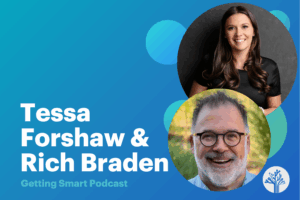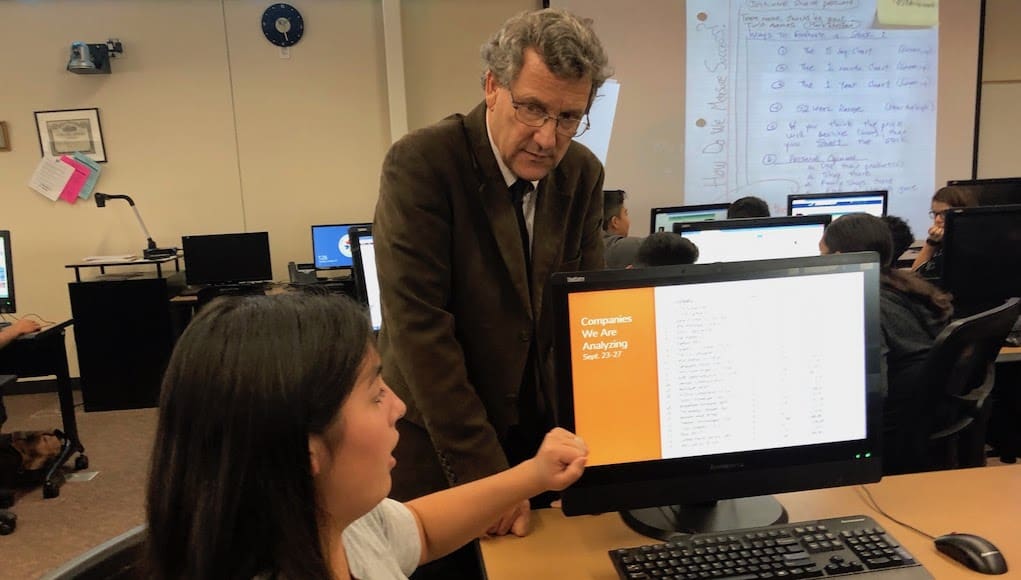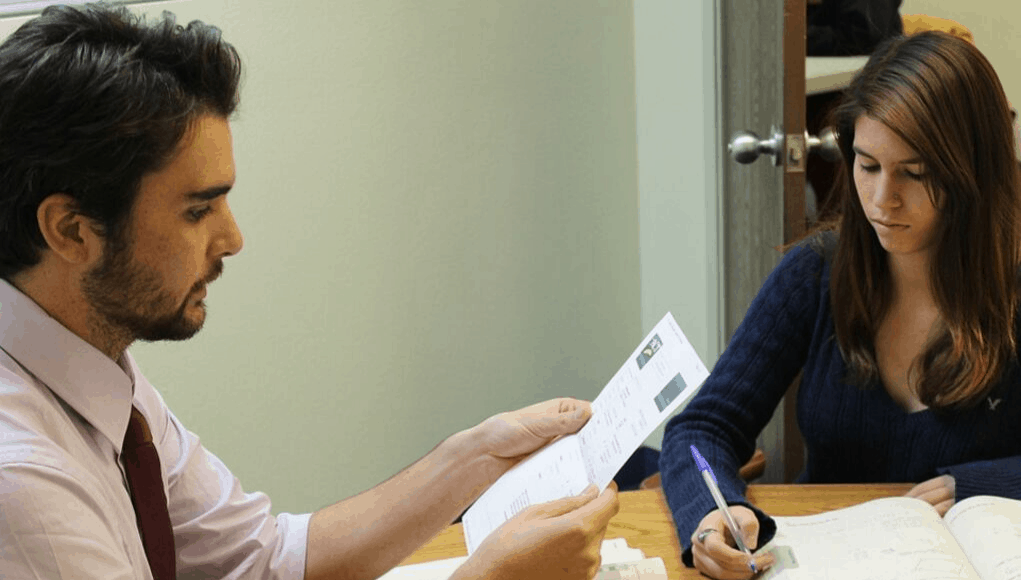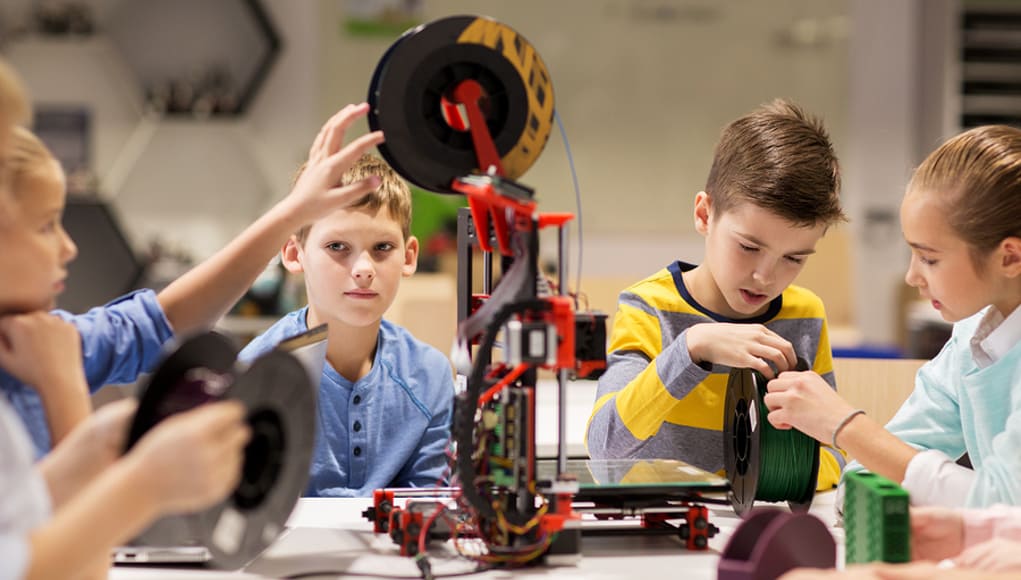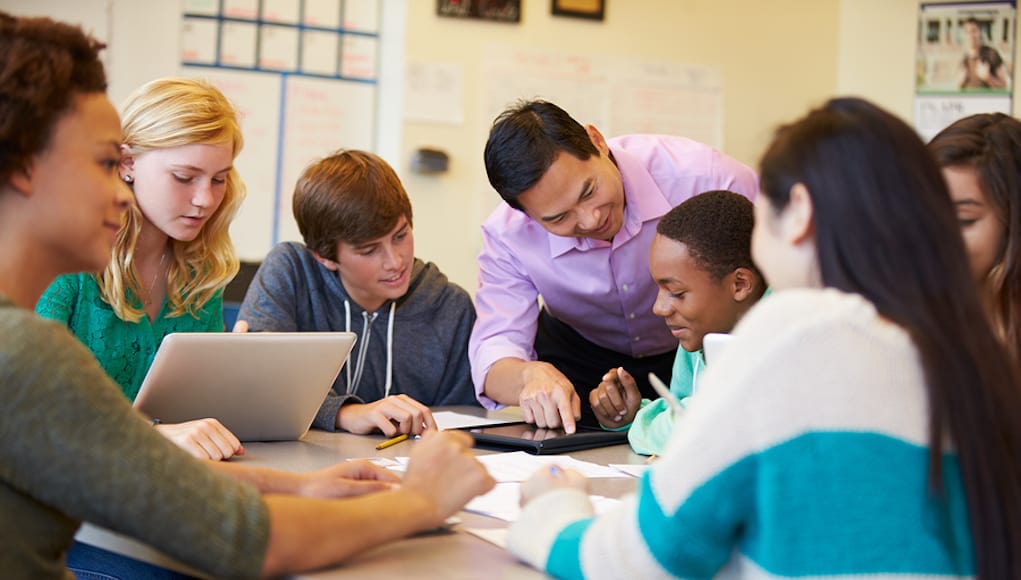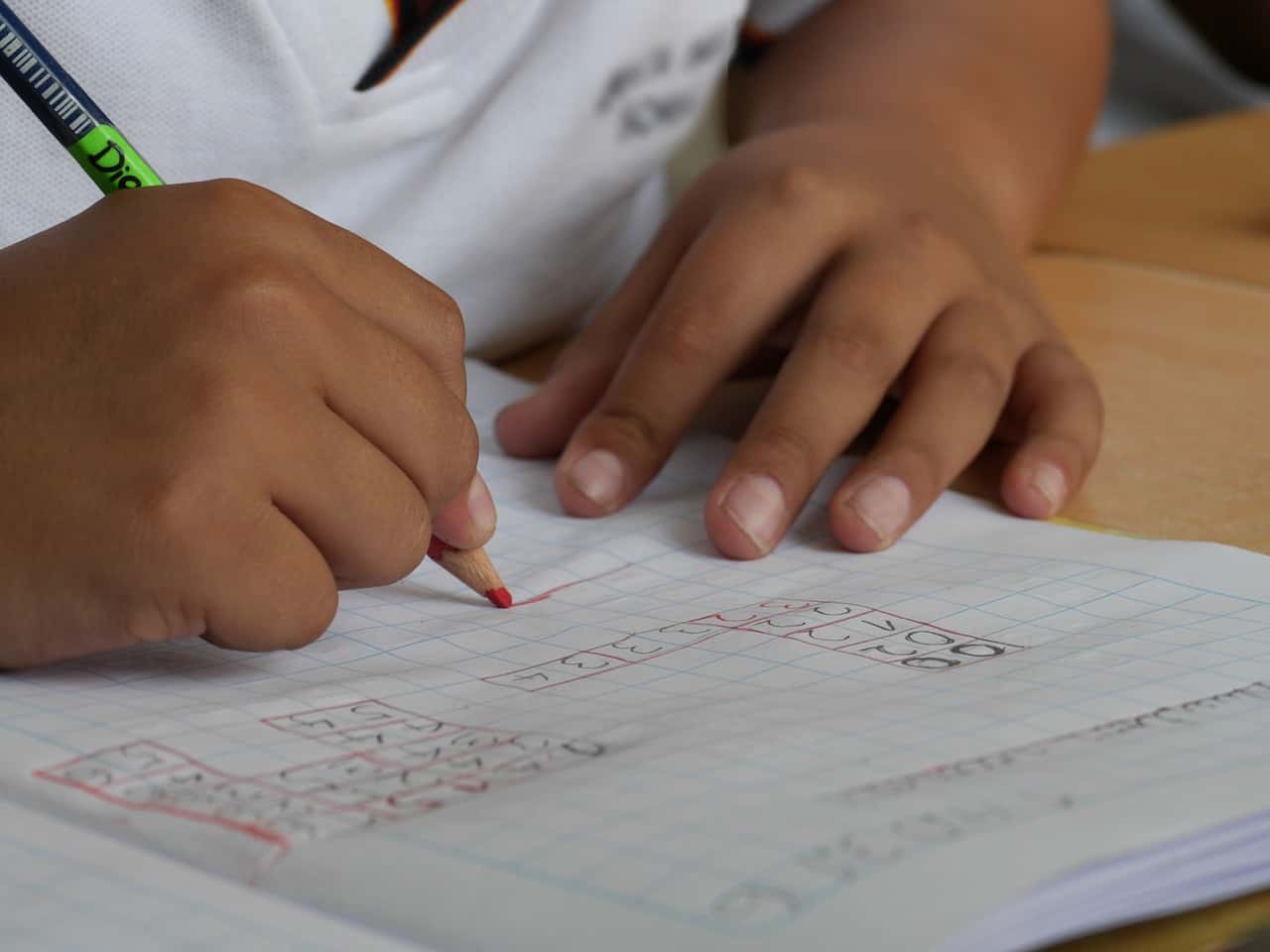Competency-Based Education
Competency-Based Education implies leaving behind the A-F grading scale and designing instruction that includes explicit, measurable, transferable learning objectives to empower students with specificity in their learning and at its best, enables them to move at their own pace (often coupled with personalized learning). It also emphasizes the same departure of other modern pedagogy in that students create knowledge and the ability to use that knowledge going forward. This topic impacts credentialing, mastery and assessment.
It’s a New Dawn as iNACOL Becomes Aurora Institute
The annual iNACOL symposium started off with a big announcement. iNACOL has a whole new brand and we're breaking the news here.
ConnectEd Links Learning to Career Pathways
ConnectEd is taking Linked Learning national through long-term often grant-funded district partnerships. This month we observed two of these partnerships in action.
Moving Toward Mastery Learning: Practical Steps for Making Progress
The education of today is adapting in order to enable learners to meet the future of tomorrow. Mastery learning is a combination of student-centered learning objectives and thresholds supported with strategies that can create powerful, replicable results and provides a plan to meet future education needs.
Using Mastery Data to Measure Growth in Student Learning
By: Scott Ellis. Mastery learning offers the potential to provide this incredibly valuable data at scale and in real-time so it can be used by educators in their efforts to continuously improve their ability to support students.
The Key to Enabling Data Driven Instruction in the Classroom: Getting Teachers the Right Data
By Scott Ellis. Enabling teachers to analyze data to improve student learning is a priority in competency-based learning. Instead of spending the majority of their time gathering, editing, and re-formatting data, teachers have much more time to analyze the data and use their skills to create better forecasts.
Futureproof Your Students with These Essential Skills for 2030
By: Demetra Adams and Alan Gielen. Demetra and Alan describe how to provide students with a foundation and essential skills to be prepared for 2030.
Examples of Mastery Thresholds to Enable Mastery Learning in Multiple Subjects
By: Scott Ellis. Learning objectives and mastery thresholds are the starting point for mastery learning and the skeleton that organizes the content for learning and assessment. This post shares examples of MasteryTrack's collaboration with particular schools and networks to create mastery thresholds associated with specific learning objectives in multiple content areas.
Demonstrating and Assessing Mastery, and Managing Mastery Learning Data
By Scott Ellis. With learning objectives that are specific, clear and demonstrable and with mastery thresholds that are clearly defined, determining approaches for students to demonstrate mastery is a relatively straightforward two-step process.
Rethinking Scale: An Important Foundation for a Complex Challenge
Erik discusses several points of literature on rethinking scaling and four action items for school administrators to take.
What is Mastery Learning?
By Scott Ellis. Today, through technology, tools, and expertise, we have the ability to scale mastery learning at a national level. The question is: will we choose to do it?


